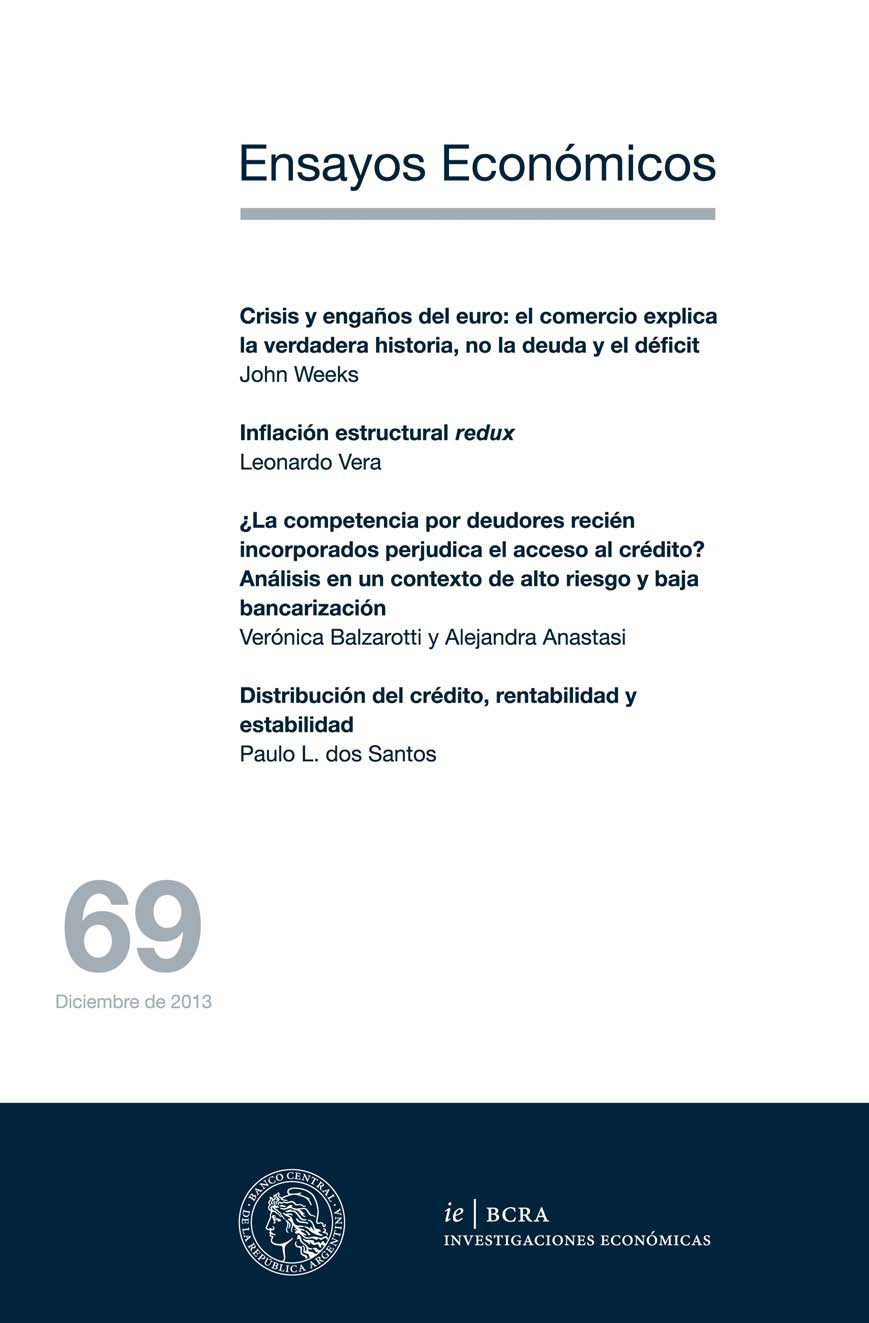Credit Allocation, Profitability and Stability
Keywords:
Circuit Of Capital, Consumption Credit, Credit Risk, Financial Stability, Growth, Production CreditAbstract
This paper considers the macroeconomic content of the allocation of credit between production and consumption loans from the perspective of a discrete time, structural model of credit and the accumulation of capital. On the basis of comparative-dynamic analysis of the properties of steady-state evolutions for all stocks and flows in the economy, consumption credit is found to make a contribution to aggregate demand, sales and profit flows equivalent to that of production credit. In contrast, consumption credit makes a weaker contribution to capital-outlays and to the aggregate stock of capital value. It consequently effects a distinctive and potentially destabilizing form of “leveraging” for aggregate capital. Compared with production credit, consumption credit makes a stronger contribution to aggregate profitability as well as to aggregate credit risks. In addition, economies with higher relative allocations of credit for purposes of consumption face comparatively stronger productive constraints, reducing the scopes for growth enhancing increases in the pace of net credit extension. The paper’s findings are taken to support concerns about the recent policy enthusiasm for household indebtedness as a mechanism for demand management, and for the delivery of services in housing, education and health.
JEL classification: B51 ; E11 ; E51




